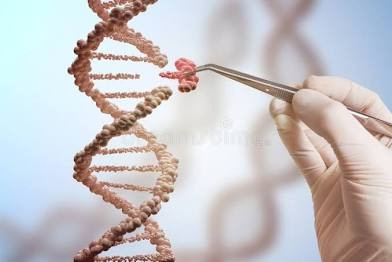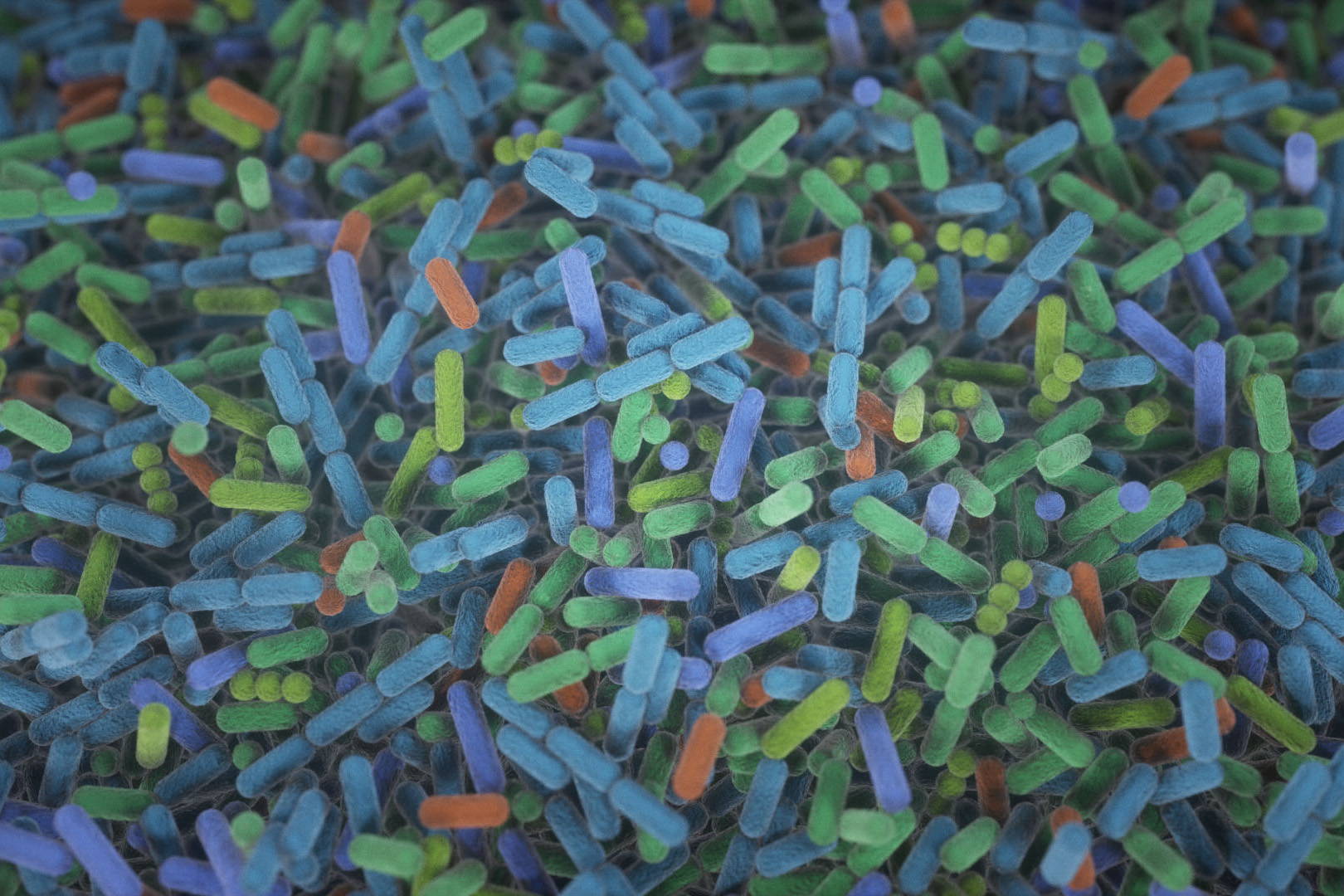gut microbes adapt their CRISPR defenses
8月
19日
MIT biological engineers has yielded new insight into how bacteria in the gut microbiome adapt their CRISPR defenses as they encounter new threats, according to a December 23 2024 MIT report by Anne Trafton.
An-Ni Zhang, a former MIT postdoc who is now an assistant professor at Nanyang Technological University, is the lead author of the study.
When bacteria encounter viral DNA, they can incorporate part of the sequence into their own DNA. Then, if the virus is encountered again, that sequence produces a guide RNA that directs an enzyme called Cas9 to snip the viral DNA, preventing infection.
There are virus-specific DNA sequences, A single bacterial cell can have around 200 spacers. These sequences can be passed onto offspring, and they can also be shared with other bacterial cells through a process called horizontal gene transfer.
It takes 2.7 to 2.9 years for a bacterial species to acquire a single spacer in our gut, despite exposure to viruses everyday, with one bacteria species being the exception- Bifidobacteria longum. Zhang found that bacteria to bacteria interactions through horizontal gene transfer can aid in viral resistance, opening the door to treatments.



